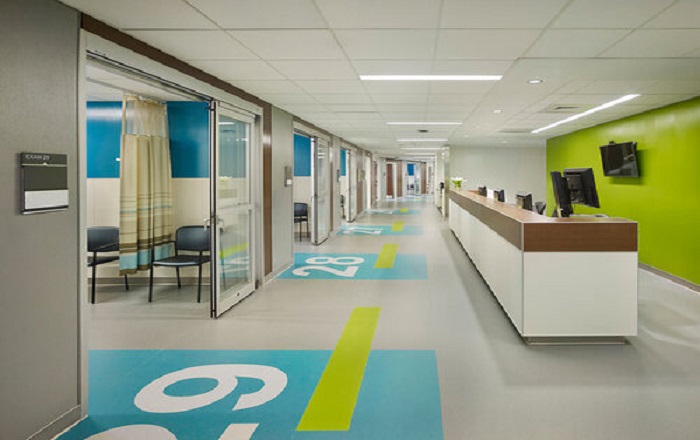The Nigerian healthcare system faces a critical challenge when it comes to acquiring and upgrading medical equipment—budget constraints. Hospitals and healthcare facilities often struggle with limited financial resources, making it challenging to procure essential medical equipment. However, there are strategic approaches and innovative solutions that can help healthcare professionals overcome these budgetary barriers and ensure access to necessary medical technology. In this article, we discuss some of the approaches that can help your facility optimise its health equipment budget and meet its health equipment needs.
Here are a few tips to consider:
1. Conduct a Comprehensive Equipment Audit:
Perform a thorough audit of the existing medical equipment within the healthcare facility. It will help you realise the devices and supplies that bring value for your facility. Identify outdated or underutilised equipment that can be replaced or sold to generate funds for new acquisitions. A comprehensive audit allows for informed decisions on which equipment to retain, upgrade, or phase out. When you know which supplies are in highest demand for your centre, you may be able to save by buying these in bulk as many suppliers offer quantity-based purchase discounts.
2. Explore Equipment Leasing and Rental Options:
Owing to the fast pace of innovation in healthcare equipment, it’s easy for equipment to get outdated. To stay on top of the pace of innovation, it is good to incorporate a mix of purchasing and leasing or renting medical equipment. Leasing or renting can be a cost-effective option, particularly for expensive equipment, allowing hospitals to access up-to-date technology without a substantial upfront investment. It spreads the financial burden over a period, easing the strain on the budget.
3. Consider Collaboration and Group Purchasing:
Group purchasing organisations help health care providers increase savings and lower costs by gathering purchasing volume and using the leverage to arrange discount agreements with manufacturers, distributors and vendors. These organisations negotiate lower costs, including discounts on bulk purchases. Collaboration among healthcare facilities can be a game-changer in overcoming budget constraints. Hospitals can form partnerships or consortiums to collectively purchase medical equipment, benefiting from bulk discounts and shared expenses. By pooling resources, facilities can maximise their purchasing power and optimise their budgets. With Sariva’s Buy 2geda, you can collaborate with other health facilities to maximise your budgets and save more.
4. Explore Government Grants and Funding Opportunities:
Research and tap into various grants and funding opportunities provided by the Nigerian government or international organisations. These grants are often directed towards healthcare infrastructure improvement, including medical equipment procurement. By staying informed and applying for grants, healthcare facilities can secure additional funding for their equipment needs.
5. Consider Refurbished or Second-hand Equipment:
Evaluate the option of purchasing refurbished or second-hand medical equipment from reputable suppliers. Refurbished capital medical equipment costs up to 50% less than buying new. While ensuring quality and functionality, refurbished equipment can significantly reduce procurement costs compared to brand-new devices. Thoroughly vet suppliers to guarantee the reliability and safety of refurbished equipment.
6. Implement Predictive Maintenance:
Predictive maintenance uses data analytics to anticipate when equipment might fail or require maintenance. This proactive approach reduces unforeseen expenses on repairs and replacements, optimising the budget allocation for procurement. It also increases the asset lifetime and increases ROI on equipment.
7. Utilise Supply Management System:
A successful supply chain management system can save hospitals money and reduce waste. For example, a reliable supply chain management system allows you to track product use and supply levels. You can order supplies only when you need them, and avoid wasting expired products you didn’t use in time. A successful supply chain management system is excellent for reducing supply costs and maximising use of items. Automating this process can also reduce human error, another factor that leads to waste.
While budget constraints pose significant challenges in medical equipment procurement for Nigerian hospitals, strategic planning and innovative approaches can help overcome these barriers. By prioritising essential equipment, exploring various procurement models, collaborating, leveraging grants, considering refurbished options, optimising maintenance practices, and investing in supply chain management systems, healthcare facilities can stretch their budgets and ensure access to crucial medical technology.


